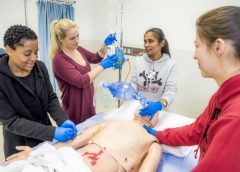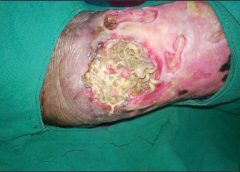By Donna Sardina, RN, MHA, WCC, CWCMS, DWC, OMS Editor-in-Chief
During a recent wound care presentation, an audience member jumped up to contradict the speaker. “That is incorrect,” she asserted. “The rules state….” When someone asked her what rules she was referring to, she replied, “The government’s rules.”
On the surface, that might seem like a straightforward answer. But when you stop to think about it, what government did she mean? Federal? State? Local? (more…)
Read More


